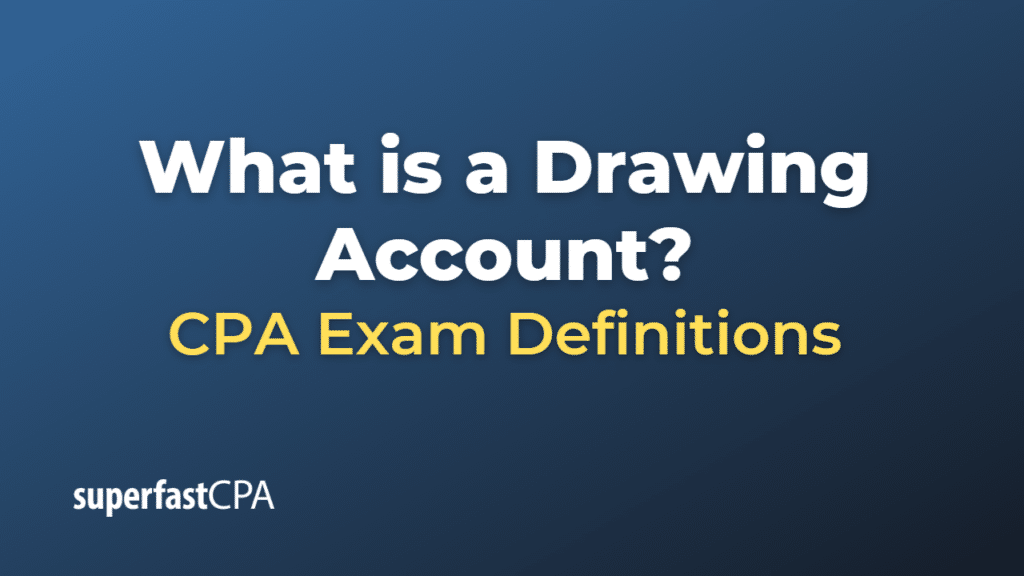Drawing Account
A drawing account is a type of account used in a sole proprietorship or partnership model where the business owner or partner withdraws profits or capital from the business for personal use. The term “draw” refers to money taken out from the business by the owner over and above what the owner has invested in the business.
The drawing account is not an expense of the business; instead, it represents a reduction of owners’ equity in the business. The account is usually temporary and is closed at the end of each accounting year by debiting the owner’s capital account and crediting the drawing account, effectively reducing the owner’s equity in the business.
Drawings can occur by withdrawing cash from the business or through receiving personal benefits from the business, such as using business funds to pay for personal expenses.
It’s important to note that the drawing account is separate from the owner’s tax obligations. Even though the money withdrawn from the business is not considered a business expense (and therefore doesn’t reduce the business’s taxable income), it still may be subject to personal income tax, depending on the tax regulations in a specific jurisdiction.
Please consult with a financial advisor or an accountant for detailed and personalized advice.
Example of a Drawing Account
Let’s imagine a scenario involving a sole proprietor:
John owns a small bookstore as a sole proprietor. The bookstore has been quite profitable, and John decides to take out some of the profits for personal use. This could be to cover his living expenses or perhaps for a vacation he’s planning.
In January, John decides to withdraw $2,000. To reflect this in the business accounts, John would debit his drawing account by $2,000 to show the reduction in business assets (cash).
Then, in February, John decides to withdraw another $1,500. Again, he would debit his drawing account by $1,500.
By the end of the year, John has taken out a total of $30,000 from the business. This sum is the balance of his drawing account. At the end of the year, this amount will be deducted from his capital account, showing that the owner’s equity in the business has decreased by the amount John has drawn out.
This example is quite simplified and doesn’t include factors such as taxes or the business’s other income and expenses. It’s also important to remember that different types of business structures (like corporations or LLCs) may handle owner withdrawals differently. Always consult with a financial advisor or an accountant for detailed and personalized advice.













